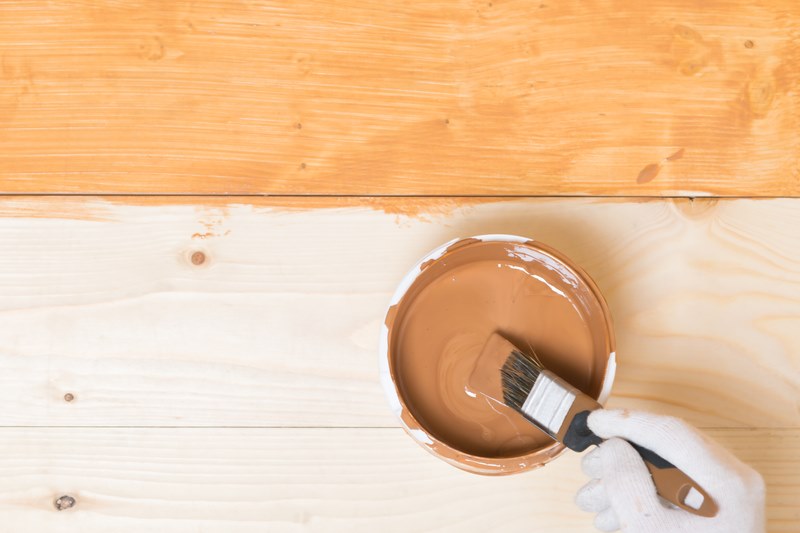Removing Varnish Using a Floor Sander
Wooden flooring can add a stunning look to a home and a varnish can help to enhance the natural look of the wood. While varnish helps to protect your wooden floors from scratches and spillages, polyurethane varnish, in particular, tends to turn yellow over time, which takes away from the sleek and stylish look of wooden flooring. The best way to remove your dull and tatty varnish and rejuvenate your floors is by using a floor sander and here’s how you can make a start at home.
How to Sand Your Floor
1. Safety first! You’ll want to put on a dust mask, some goggles, and ear defenders to keep yourself protected as floor sanders produce a lot of dust and noise. Also, make sure that you open up your windows to reduce dust pollution and increase ventilation.
2. Begin by hoovering the floor. Any debris that isn’t removed from your flooring before you start sanding might damage the equipment. It’s also important that your floorboards are all rigidly fixed, and if you notice any nails or screw heads above the surface of your flooring, use a hammer to knock these down to ensure that your surface is as smooth as possible.
3. Once you’ve finished with the preparation, you can now load your belt sander with medium grit paper.
4. Align your machine diagonally to the floorboards, with your sander tilted upward. When the drum reaches full speed, begin moving across your floor and then repeat in the opposite direction.
5. Now move across your floor with your floor sander in the direction of the wood grain. Keep the sander moving – you don’t want to rest the drum on the floor at any point as it will form a dent in your flooring.
6. Sand over each area until the varnish has been removed.
7. Once you’re sure that your old varnish has been sanded off, hoover up the floor thoroughly again, removing any dust and checking over any rough spots. Should you find any, just go over them with the sander again.
Why Use a Floor Sander to Remove Varnish from Wooden Floors?
Removing varnish using a floor sander is advantageous over newer methods such as heat or chemical stripping for several reasons. Heat striping can be incredibly messy, and more alarmingly, chemical stripping your floors can even be dangerous because of the fumes that are released during the stripping process.
Sanding, on the other hand, is the most traditional option for removing varnish that will get your flooring looking smooth and refreshed again, ready for a new coat of varnish. Although hand sanding is great for smaller sanding jobs, it proves time-consuming and lacks the power of floor sanding machinery. This is why we strongly recommend a floor sander to remove varnish from your wooden floors.
So, there you have it, with our step-to-step guide, you’re all ready to get sanding! Should you fall into any trouble or need expert advice on floor sanding, be sure to contact us to see how we can help.

